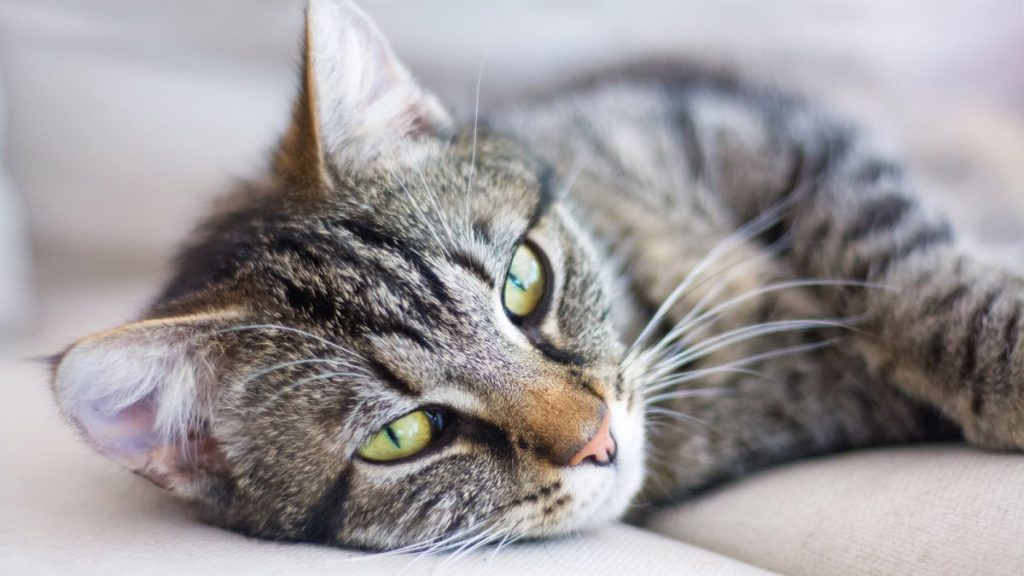Cats are man’s best friend—never mind that other animal species.
Jokes aside, humans and cats have lived together for thousands of years but not nearly as long as humans and dogs. It makes sense, then, that we don’t always understand cats very well. This can result in all kinds of misunderstandings.
In the interest of improved feline-human relations, here are a few very common cat myths, debunked with actual science.
Milk isn’t good for cats
It’s an iconic image: a cat lapping from a bowl of milk. It’s also a terrible idea. The majority of cats are lactose intolerant as Julia Henning, PhD Candidate in Feline Behaviour at the University of Adelaide explained in an article in The Conversation.
“After weaning (around 6–12 weeks of age), kittens stop producing the enzyme lactase, required to digest lactose in milk,” wrote Henning. “For the vast majority of cats, this means they are lactose intolerant.”
Dairy can cause all kinds of problems for cats, from diarrhea to bloating to vomiting. It can even be life threatening, in some cases. And no, your cat probably isn’t special.
“Cats are very good at hiding discomfort because, in the wild, showing weakness would make them a target for predators,” Henning wrote. That means your milk-drinking cat could be suffering and you’d have no idea. It’s best to just cut the dairy.
Cats aren’t nocturnal
A lot of people think that cats don’t sleep at night, and it’s true that their sleep schedule isn’t exactly aligned with that of humans. The average cat will sleep in the middle of the day and, in some cases, make a lot of noise while their humans are trying to get to sleep.
However, that’s not the same as being nocturnal, which means sleeping at night and being awake during the day. Cats are actually crepuscular, meaning they are most active at the beginning and end of the day. They sleep both at night and during the day. The reason for this has to do with hunting patterns.
“Birds and mice are very active at dawn, and cats evolved to take advantage of this by developing the ability to see in low-light conditions,” Stephen Quandt, a cat behavioral specialist, told PetMD. They get the bulk of their hunting done while it’s mostly, but not entirely, dark.
If your cat’s evening antics are a problem, consider a play session right before bed and feeding them a small amount—this can re-create the natural hunting cycle, allowing them to ease into the evening.
Purring doesn’t (always) mean happiness
We all imagine that purring means a happy cat, which makes sense—it’s the most common reason for purring. It’s not the only one, though: according to the American Animal Hospital Association purring can express contentment but can also mean a number of other things.
In some cases cats purr when they’re stressed—it can be a way of self-soothing. Cats also purr when they’re in pain for the same reason. Cats have also been known to purr as a way to ask for food, or as a way to help themselves fall asleep.
Basically you can’t assume that a purring cat is a happy cat—you’ll have to pay attention to the other ways cats communicate, like body language, to understand what’s going on.
Cats love their owners
Finally, it’s commonly claimed that cats aren’t as loving as dogs. And while it’s true that cats don’t express outright enthusiasm in quite the same way dogs do, that doesn’t mean they don’t feel connected with their human companions.
Dr Kristyn Vitale, a feline researcher who studied for her PhD at the University of Oregon, published research in 2019 that shows cats develop attachments to their caregivers in much the same way dogs do. The study had cats in an unfamiliar environment. The cats would spend two minutes with their human caretakers, then two minutes alone, followed by a two-minute reunion. Cats with a “secure attachment” to their human caregivers showed reduced stress while the caregiver was present.
“Our study indicates that when cats live in a state of dependency with a human, that attachment behavior is flexible and the majority of cats use humans as a source of comfort,” wrote Vitale. “In both dogs and cats, attachment to humans may represent an adaptation of the offspring-caretaker bond.”
In other words: Cats aren’t less attached to their humans when compared to dogs. I’m writing these sentences after my cat jumped onto my lap, so I guess I’m not exactly surprised.

